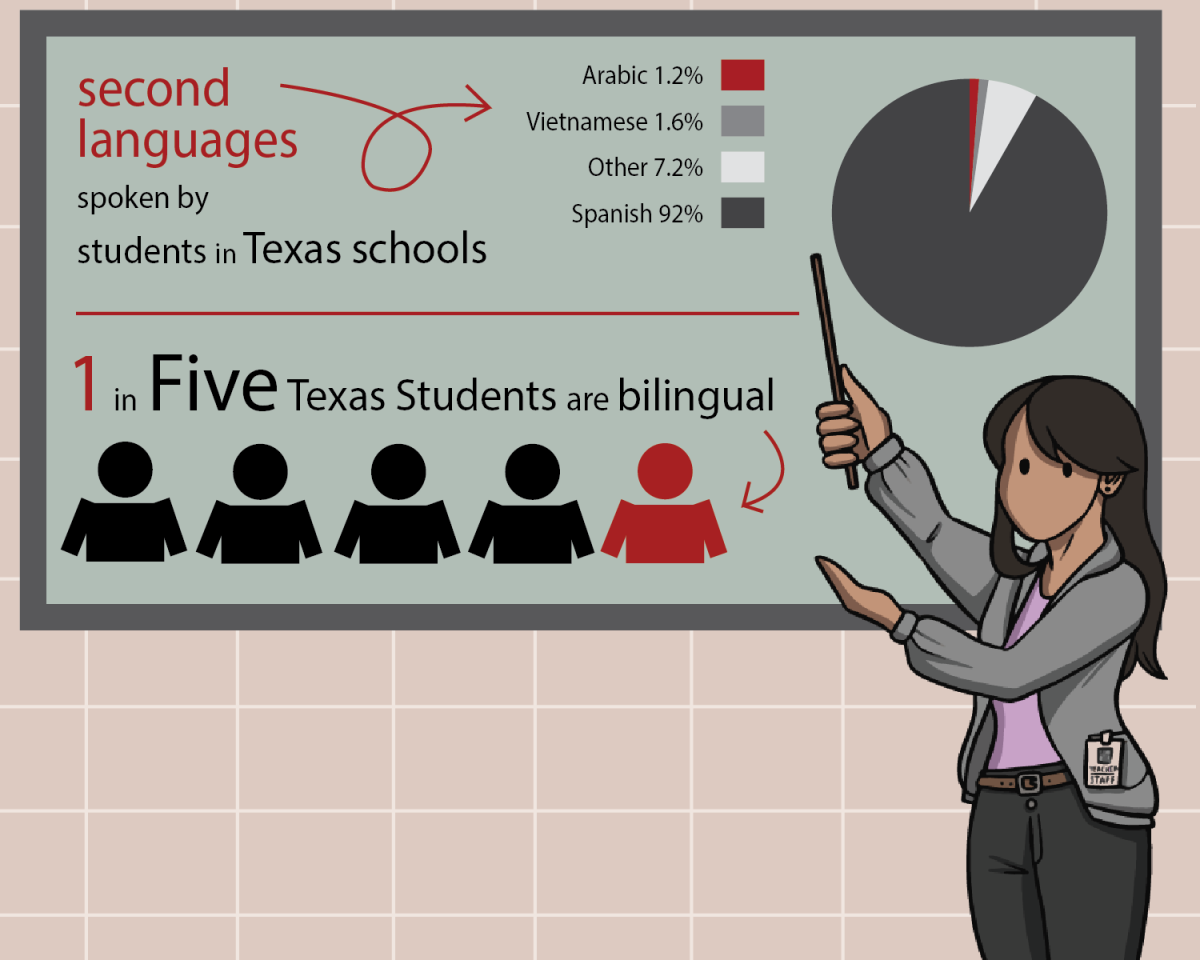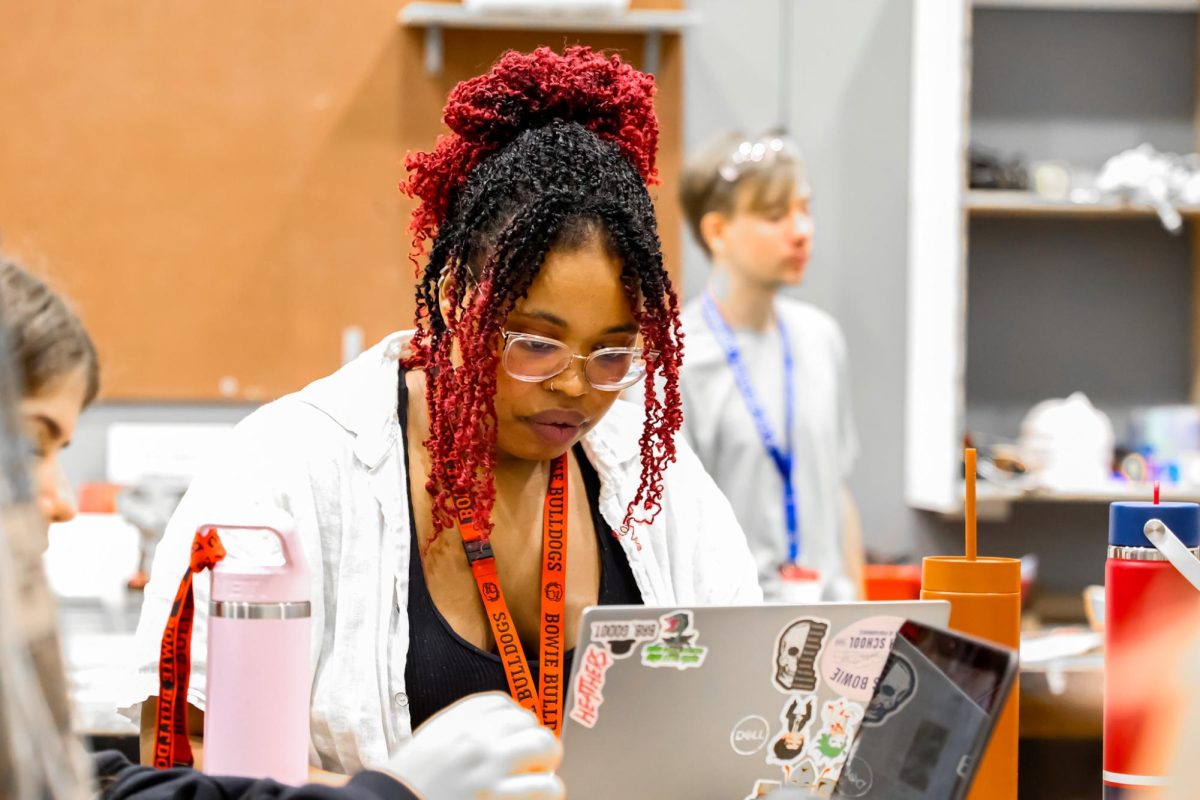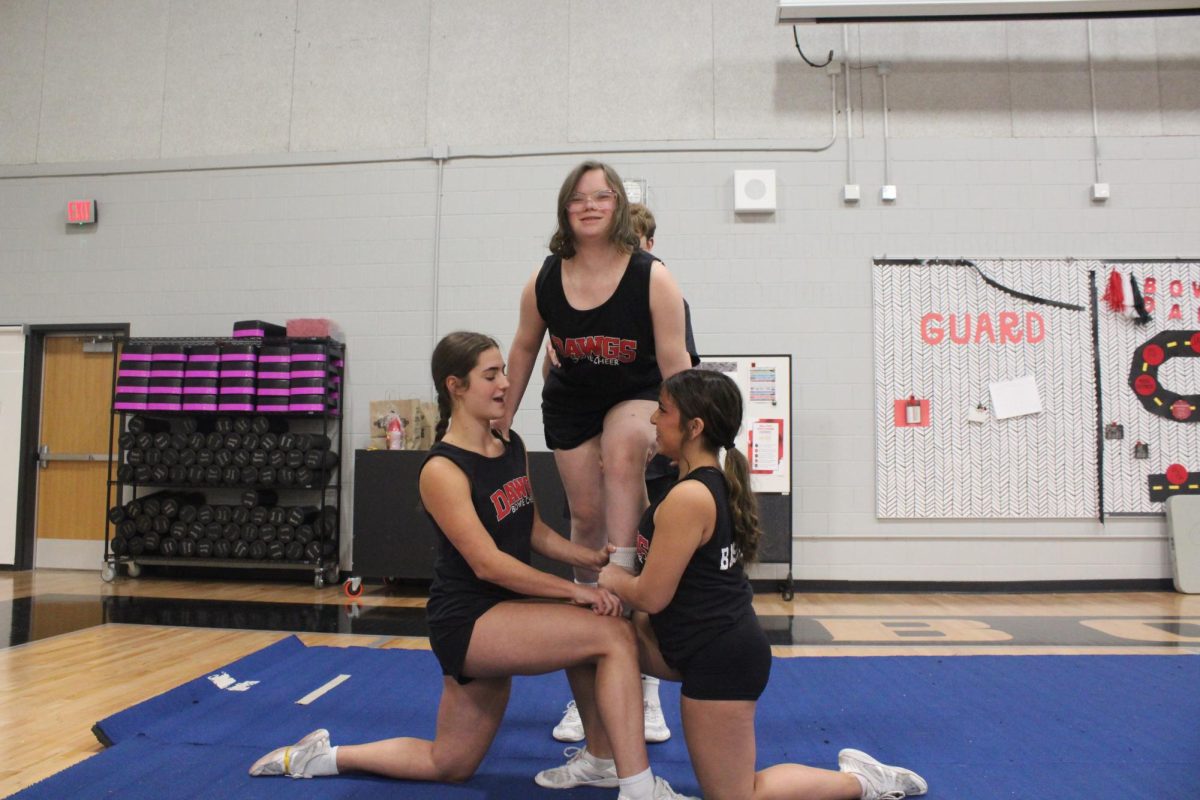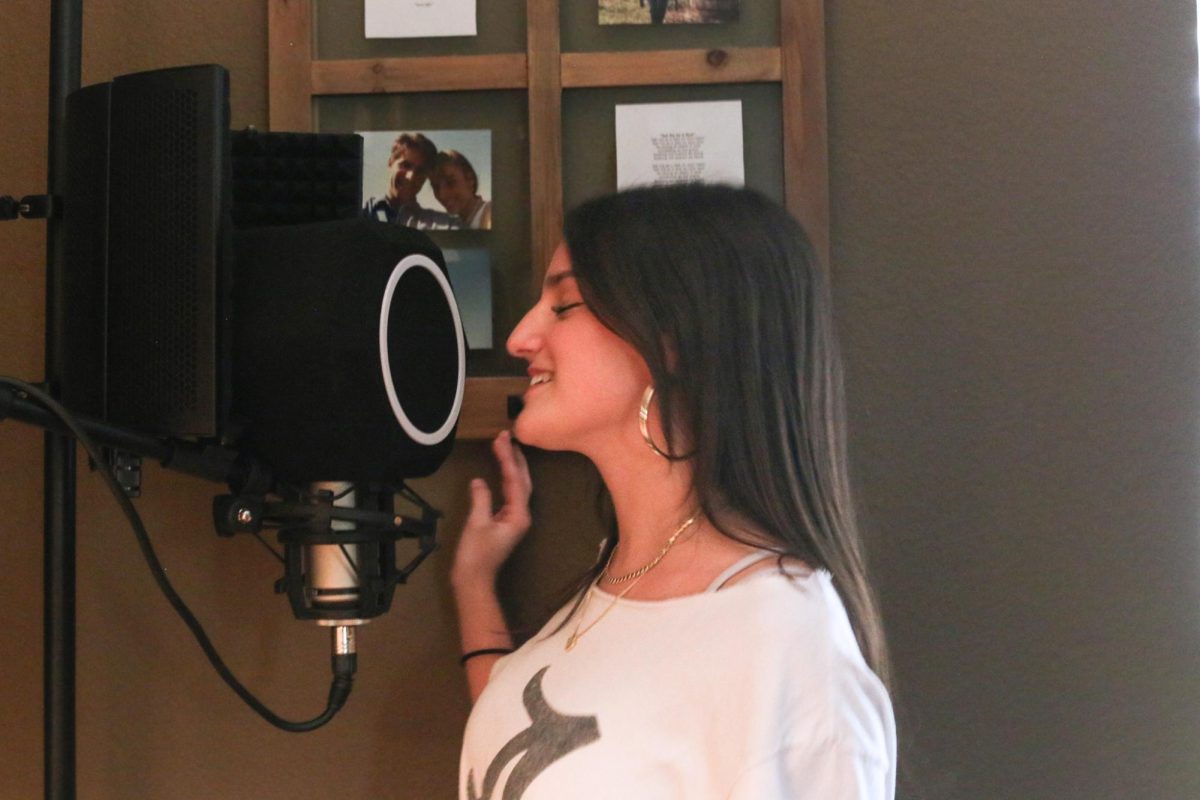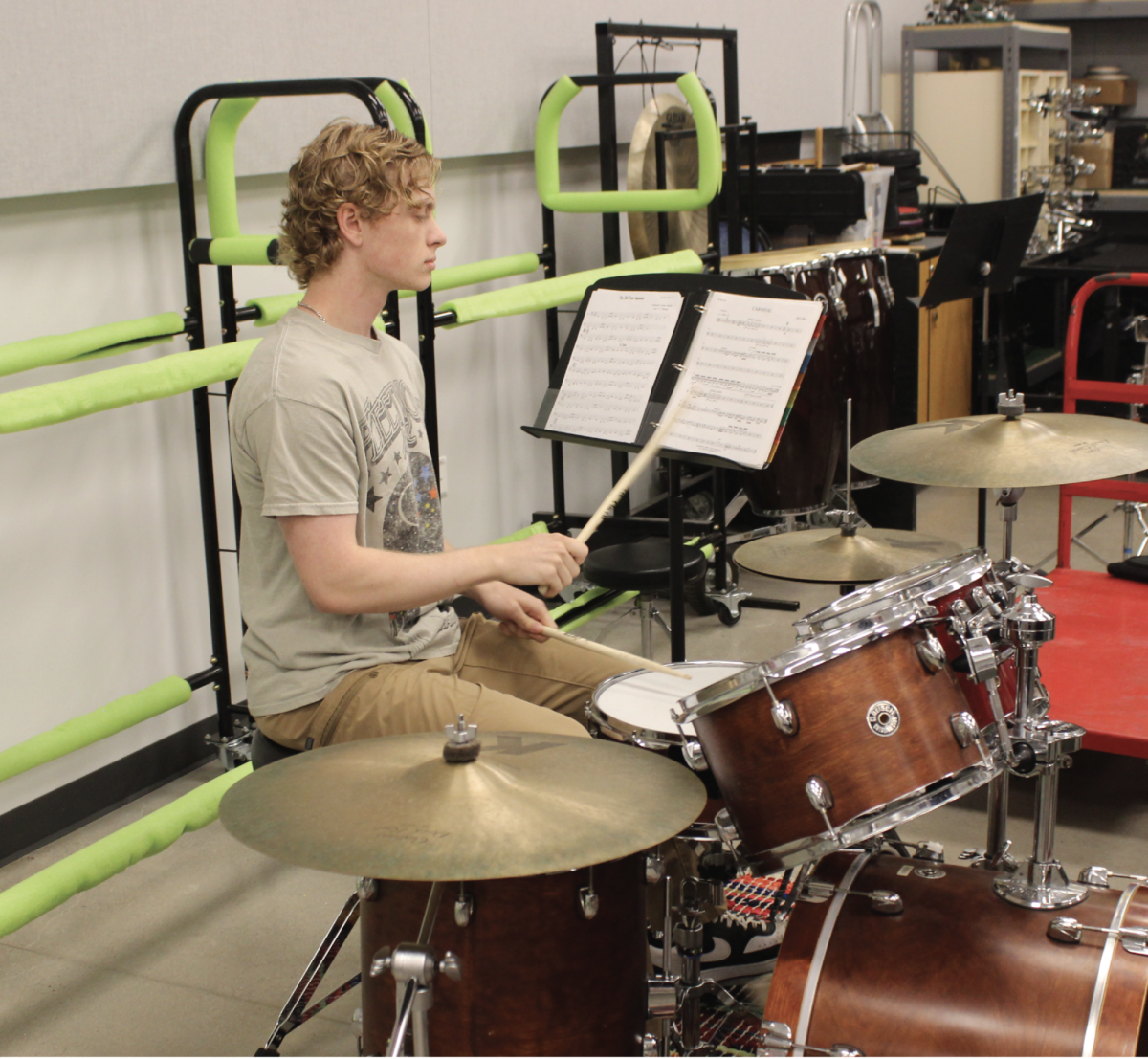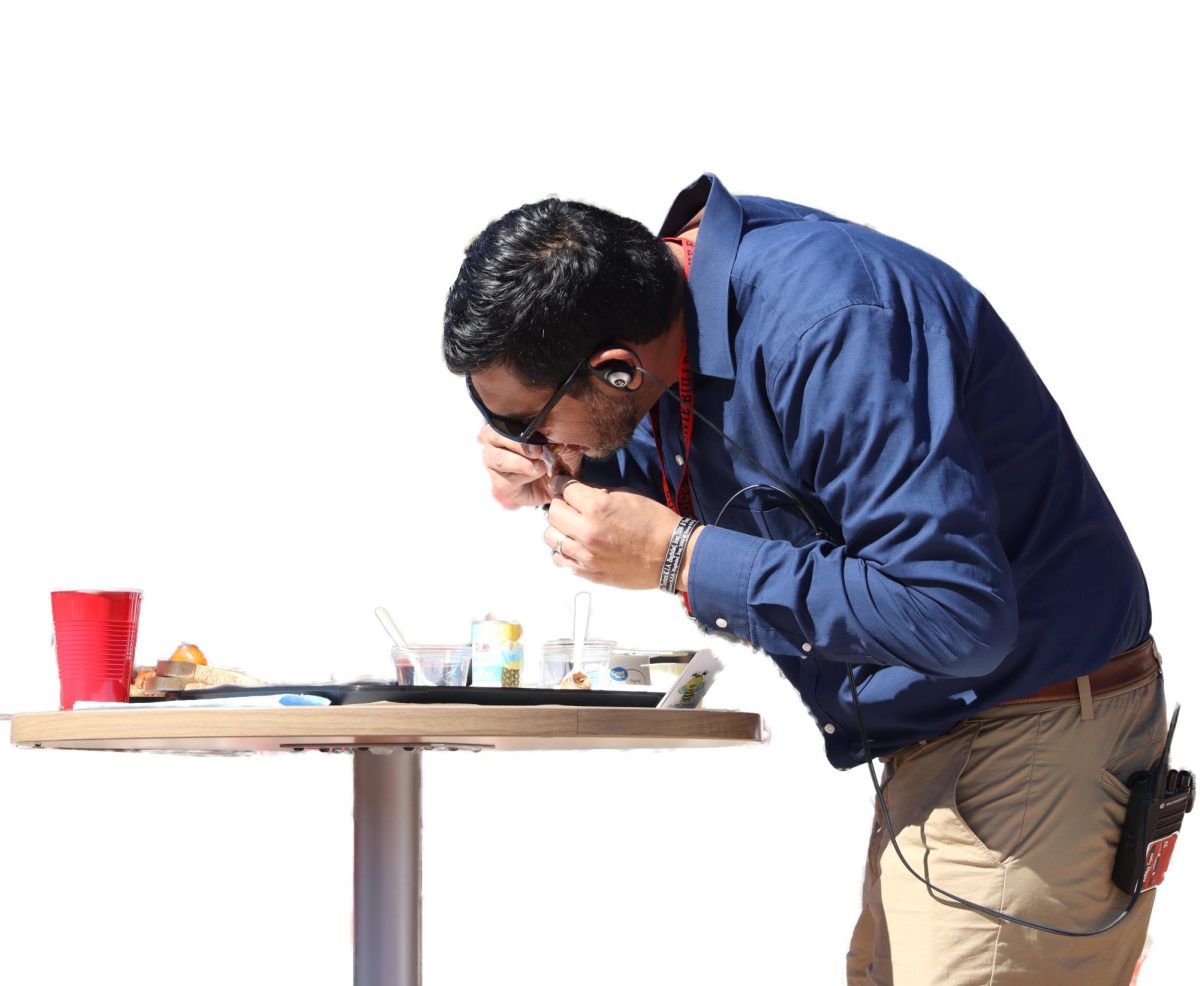When senior Chloe Yoo stepped into Korean Saturday school for the first time at the age of seven, she was as nervous as any other kid about going to a school with a language she didn’t speak. But as she listens to the teacher speak, the language starts to sink in.
Yoo believes that it’s easier to take in a language at a younger age, but that doesn’t mean it’s impossible to make mistakes. Yoo went to a Korean Saturday school for many years, since she was about seven years old to when she was in middle school.
“It’s so hard to switch between languages,” Yoo said. “It’s actually kind of messed with me a little sometimes, especially when I’m trying to talk fast in classes. For instance, I was in debate sophomore year, and if I was trying to say my speech or fight back, I’d stutter or accidentally say a Korean word instead.”
Bowie has many resources to help students pursue language, no matter when you start. These include language classes and Honor Societies. Bowie has three languages other than English (LOTE) classes: American Sign Language, Spanish, and French. In order for each student to graduate, the Texas Education Association requires you to have at least two years of a LOTE class.
“I do wish that Bowie had more language opportunities,” Yoo said. “I’m so mad that they only teach three languages. That’s the best they could do? Kealing has German. LASA has what Bowie has, plus Latin, German, and Japanese. It is a shame, because I could have learned one of those languages instead, and I would have liked it more.”
While there are only three language options at Bowie, there used to be fewer. Until a few years ago, only French and Spanish were offered at the school.
“I’ve always been a little bit disappointed that we don’t offer more languages, but I know it’s also not been for lack of trying,” Preston said. “We tried to offer ASL and Latin a few years ago. Unfortunately, Latin just didn’t get traction. ASL, on the other hand, is doing well, and that doesn’t seem like it’s going anywhere. I’m always a very, very strong proponent of language learning, so I would always wish that we could have more languages.”
According to a study conducted by Preply in 2023, over 30% of Americans learned a second language purely because of school requirements. Additionally, the study found that about 21% of Americans have missed out on a job opportunity because they didn’t know a second language.
“For my students, knowing a second language opens up lots of opportunities,” Spanish teacher Erika Mitchell said.. “It is important to me that when students graduate, they go out into the world knowing more than English. We have a very wide world, and we live in Texas, for goodness sake. So, knowing two languages definitely opens doors in students’ professional lives.”
However high the need for bilingual people in the work environment, French teacher Rachel Preston recognizes how language barriers are being broken down with new technology. For instance, according to Google, Google Translate has been installed over one billion times since its release in 2006.
“Today, I could walk around Brazil knowing zero Portuguese and use my smartphone with Google translate to communicate, but there’s still a delay,” Preston said. “I think that ability to directly communicate, even if you’re not doing it perfectly, is what the students who continue on with their language really get out of the classes. They can build bridges and they can do it in multiple places, with multiple people, across boundaries.”
For some, language learning is less motivated by personal interest and more encouraged by parents at a young age.
“When I was two, my mom enrolled me into a Spanish immersion school,” junior Simone Baskin said. “I went there from age two to about second grade. When my mom was in college, she went to Mexico for a year, and she worked in Mexico and really liked the language and liked learning new stuff, so she wanted to pass it on to me and my brother.”
Educational programs that teach students in more than one language, or dual-language programs, exist in many countries all over the world. For Mitchell, who grew up in Panama, she learned English in school alongside her native language, Spanish. Mitchell’s experiences with learning a second language at a young age have shaped how she thinks of language learning.
“Sometimes when we mix languages, we tend to confuse students,” Mitchell said. “I was able to identify an adult and match them with a language. My parents were Spanish; my agriculture teacher was English; my Spanish teacher was Spanish. So that really, really helped in separating both languages. I feel like I had very, very good models when learning these languages. That’s what I hope to give to my students as well.”
According to research from the United Nations in 2022, children are more perceptive to new languages before the age of 12. This is because, on average, children are better at passive listening and absorbing language, which allows them to grasp new words and grammar rules easier than adults learning the same language.
“Once you’ve started learning another language, it becomes easier to learn others,” Preston said. “Of course it’s easiest if you’re raised speaking multiple languages, or if you start getting educated in two or more languages early on, but it doesn’t mean that you can’t learn later on. It is easier if you know another language or two to start off with, so you’re able to make comparisons between them all.”
When it comes to learning language, Education First (EF), a company that supports language and travel, says that while language apps like Duolingo are easy, they may not be the most efficient way to learn a language. EF promotes the conclusion that in-person language learning is unparalleled.
“I’ve always felt that Spanish is kind of like my superpower,” Mitchell said. “I understand it. It’s easy for me to explain it, and I love it when students love the language like I do. I also love when I’m in the classroom, and they have questions. I just feel fantastic when I have the answers. It just makes me feel good, knowing that this is something that I do really, really well and that I’m passionate about.”



